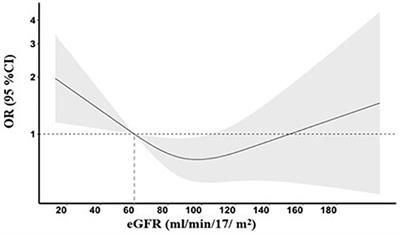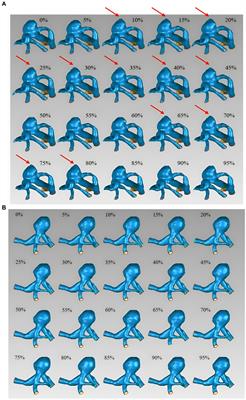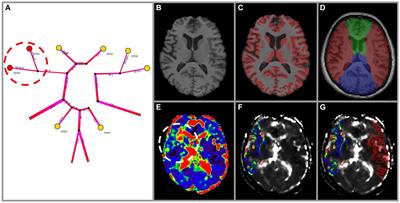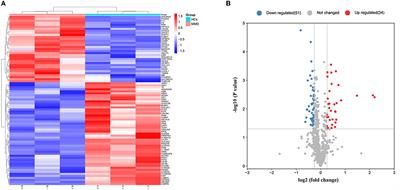EDITORIAL
Accepted on 19 Feb 2025
Editorial: Precise Diagnosis and Treatment of Cerebrovascular Diseases: Microsurgery, Minimally Invasive Treatment, Precision Medicine
doi 10.3389/fneur.2025.1574553
2,098
Total downloads
7,771
Total views and downloads
You will be redirected to our submission process.
EDITORIAL
Accepted on 19 Feb 2025
ORIGINAL RESEARCH
Published on 09 Dec 2024

ORIGINAL RESEARCH
Published on 28 Mar 2024

ORIGINAL RESEARCH
Published on 02 Oct 2023

ORIGINAL RESEARCH
Published on 12 Sep 2023

ORIGINAL RESEARCH
Published on 09 May 2023

